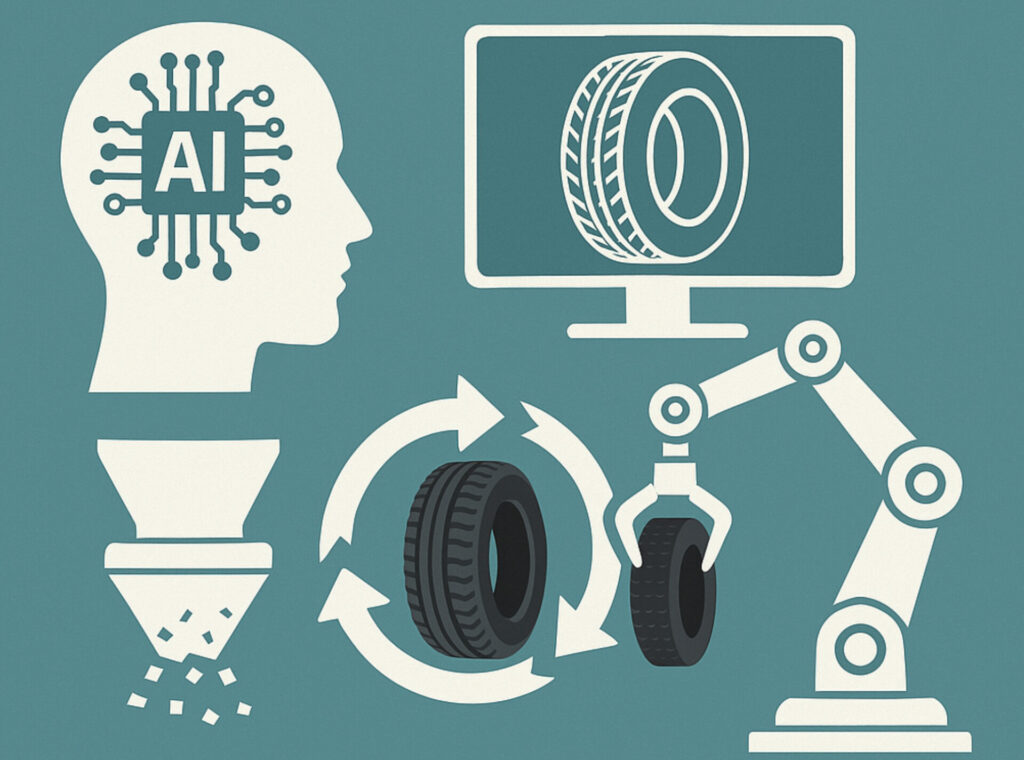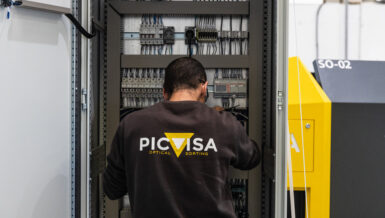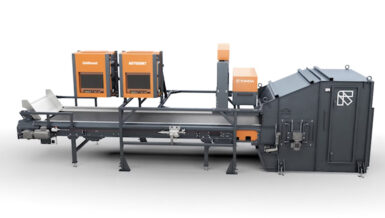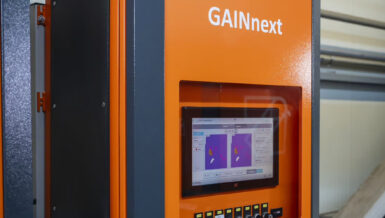Integrating artificial intelligence (AI) in tire recycling revolutionizes how tires are sorted, shredded, and repurposed, reshaping the entire waste management ecosystem.
This article explores how AI technologies—from machine learning and computer vision to robotics and predictive analytics—transform tire recycling, making it more innovative, sustainable, and economically viable.
The Challenges of Traditional Tire Recycling
Tires are complex products of synthetic rubber, steel, textile reinforcements, and various chemical additives. Their composition, combined with their bulky shape and durability, makes recycling difficult.
Traditional tire recycling methods include:
- Mechanical shredding into crumb rubber
- Pyrolysis, which involves thermal decomposition in the absence of oxygen
- Devulcanization is a chemical process to break sulfur bonds in rubber
While these techniques have improved over time, they still suffer from issues such as:
- High energy consumption
- Inconsistent material quality
- Difficulties in sorting and grading tires
- Limited automation
Where AI Comes In
AI can be applied at various stages of the tire recycling process, from identification and sorting to process optimization and quality control. Key benefits include:
- Increased efficiency and throughput
- Reduced human error and labor costs
- Improved material recovery rates
- Real-time monitoring and analytics
Let’s dive deeper into the applications.
AI-Driven Tire Identification and Sorting
One of the most promising uses of AI in tire recycling is in the automated identification and sorting of used tires. Traditional sorting is manual and prone to error. AI-based systems use computer vision and deep learning to:
- Detect tire types (passenger, truck, off-road)
- Identify manufacturers and models via tread patterns
- Assess wear levels and potential for reuse or retreading
- Separate tires suitable for pyrolysis vs. mechanical recycling
These systems can be integrated with robotic arms or conveyor systems to perform the sorting physically, significantly reducing the need for manual labor.
Predictive Maintenance and Operational Optimization
AI’s ability to learn from operational data makes it ideal for optimizing tire recycling equipment. Machine learning algorithms can predict when a shredder will fail or when blades need replacing, preventing costly downtime. This approach also helps with:
- Optimizing energy use
- Automating temperature control in pyrolysis units
- Balancing loads in conveyor systems
Over time, AI systems “learn” the ideal parameters for each material type, ensuring maximum recovery and minimal waste.
Quality Control via Machine Vision
Consistency in the final product (e.g., crumb rubber) is critical for commercial applications such as asphalt production or sports field infill. Machine vision systems equipped with AI can inspect particle size, detect contaminants, and ensure real-time uniformity.
This high level of quality control opens new markets for recycled tire products, making them more competitive with virgin materials.
AI in Pyrolysis Process Management
AI’s role in pyrolysis—the thermal decomposition of tires—is particularly transformative. Advanced AI models can:
- Analyze temperature, pressure, and feedstock quality in real-time
- Adjust conditions dynamically for optimal gas and oil yield
- Monitor emissions and ensure compliance with environmental regulations
The result is a cleaner, more profitable pyrolysis process with higher-quality outputs like recovered carbon black (rCB) and pyrolytic oil.
Supply Chain and Market Intelligence
AI also supports strategic decision-making beyond the factory floor. By processing data from multiple sources, including:
- Used tire collection volumes
- Transportation costs
- Market demand for recycled materials
AI systems can recommend optimal logistics routes, inventory management practices, and pricing strategies.
This level of integration helps recyclers remain competitive and responsive to market fluctuations.
Robotics and Automation
Combining AI with robotics brings full automation within reach. Examples include:
- Robotic arms sorting tires by type
- Autonomous guided vehicles (AGVs) moving material across facilities
- Collaborative robots (cobots) assisting with inspection or cutting
This improves safety and consistency and allows operations to scale without linear increases in labor costs.
Case Studies: Pioneers in AI Tire Recycling
Utilizing AI to optimize its pyrolysis reactors, Pyrum has achieved commercial success in converting waste tires into oil, gas, and rCB with minimal emissions.
Scandinavian Enviro Systems (Sweden)
Enviro uses AI models to control reactor conditions in real time, improving yield consistency and product purity.
One of the world’s largest tire recyclers, Genan uses AI-based quality control systems to ensure consistent crumb rubber output for demanding clients in the construction and sports industries.
Challenges to Overcome
Despite the promise, there are challenges:
- High upfront investment in AI technology and infrastructure
- Data requirements for training machine learning models
- Resistance to change in traditionally manual industries
- Need for skilled personnel to manage and maintain AI systems
Nonetheless, as technology becomes more accessible and early adopters demonstrate ROI, these barriers are expected to diminish.
The Road Ahead
The future of AI in tire recycling lies in full system integration. We are moving toward “smart recycling plants” where every machine is interconnected, continuously learning, and self-optimizing. Such systems will be capable of:
- Forecasting material inflows and processing capacity
- Automating documentation and regulatory reporting
- Linking with carbon credit marketplaces
In the long term, AI could even contribute to tire design—enabling manufacturers to produce tires with end-of-life recycling in mind.
Conclusion
Integrating Artificial Intelligence in tire recycling represents a quantum leap forward in sustainability, efficiency, and economic viability. As the world grapples with mounting waste and the urgent need for circular economies, AI provides the tools to make tire recycling smarter, cleaner, and more scalable.
Those who embrace this transformation early will benefit from improved profitability and lead the charge toward a greener industrial future.








